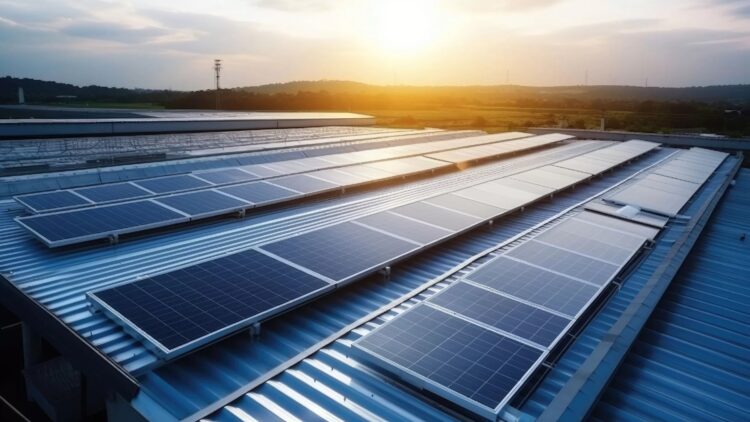As more and more people seek to transition to renewable energy sources, Germany is witnessing a significant shift in its energy landscape. Indeed, their citizens are embracing solar energy as an alternative to traditional fossil fuels, albeit with a slight difference. Instead of mounting photovoltaic (PV) panels to their roofs, they are opting to install them on their balconies!
Balcony-based solar power is taking Germany by storm
Reports indicate that the trend of installing plug-in solar power systems on balconies of residential homes has gained significant popularity in the Western European nation. Users can typically purchase the system kit online, allowing for easy installation without having to acquire the services of a certified electrician.
The kit includes two PV panels, a mounting structure, cables, and an inverter. To install on your balcony, you’ll place the panels onto the mounting structure and connect them to the inverter using the cables. Electricity generated by the panels is converted from direct current into alternating current, which is then supplied to your home’s electrical socket.
Currently, over 500,000 of these systems have been installed on balconies across Germany. Granted, they are significantly smaller than rooftop systems, as they generate about 10% of the energy that the latter would produce. However, these balcony systems offer a practical solution for residents who may lack adequate roof space yet still desire to achieve energy self-sufficiency.
The advantages of these systems make them superior over rooftop installations
In comparison to rooftop solar power systems, this balcony-based alternative boasts several advantages. These include:
Easy installation: Simply designed for straightforward installation, users won’t need to contact a certified electrician. Instead, they can set up the systems themselves quickly and efficiently. This makes solar energy accessible to more people, especially those living in apartments, rented homes, or houses where rooftop space is limited.
Cost-effectiveness: With systems that can pay for themselves in as little as three years due to reduced energy bills, balcony solar installations provide a financially viable solution for many citizens. What’s more, subsidies in places such as Berlin can cover up to 50% of the installation cost, further enhancing their affordability.
Portability: Traditional rooftop setups are incredibly complex to reinstall. Balcony solar systems, on the other hand, are compact and portable. You can relocate or remove them as needed without damaging the infrastructure of a building, making them ideal for renters or those who frequently change residents.
Enhancing energy dependence: As aforementioned, by producing their own clean energy, users can achieve energy self-sufficiency, thereby decreasing their reliance on the grid and reducing their carbon footprint.
Overcoming challenges in adoption of balcony solar technology
The implementation of these balcony solar power systems aligns with Germany’s ambitious vision: to achieve 80% of total power generation from renewable energy by 2030. This includes a targeted installation of 215 gigawatts of solar PV capacity by that year.
However, there are still challenges to consider. Strict regulatory frameworks in countries such as Belgium and the United States of America have hindered the widespread adoption of these systems due to concerns over grid stability and the unregulated nature of their plug-in capabilities.
Furthermore, technical limitations may emerge, as the energy generated by these smaller systems is a mere fraction of what their rooftop counterparts produce. Users may find that the limited output is insufficient for their energy needs.
Overall, Germany’s embrace of balcony solar power systems showcases innovative thinking in the renewable energy sector. This trend empowers individuals with a viable energy solution that also offers financial benefits. As more folks adopt this approach, the future of clean energy looks more tangible than ever.

